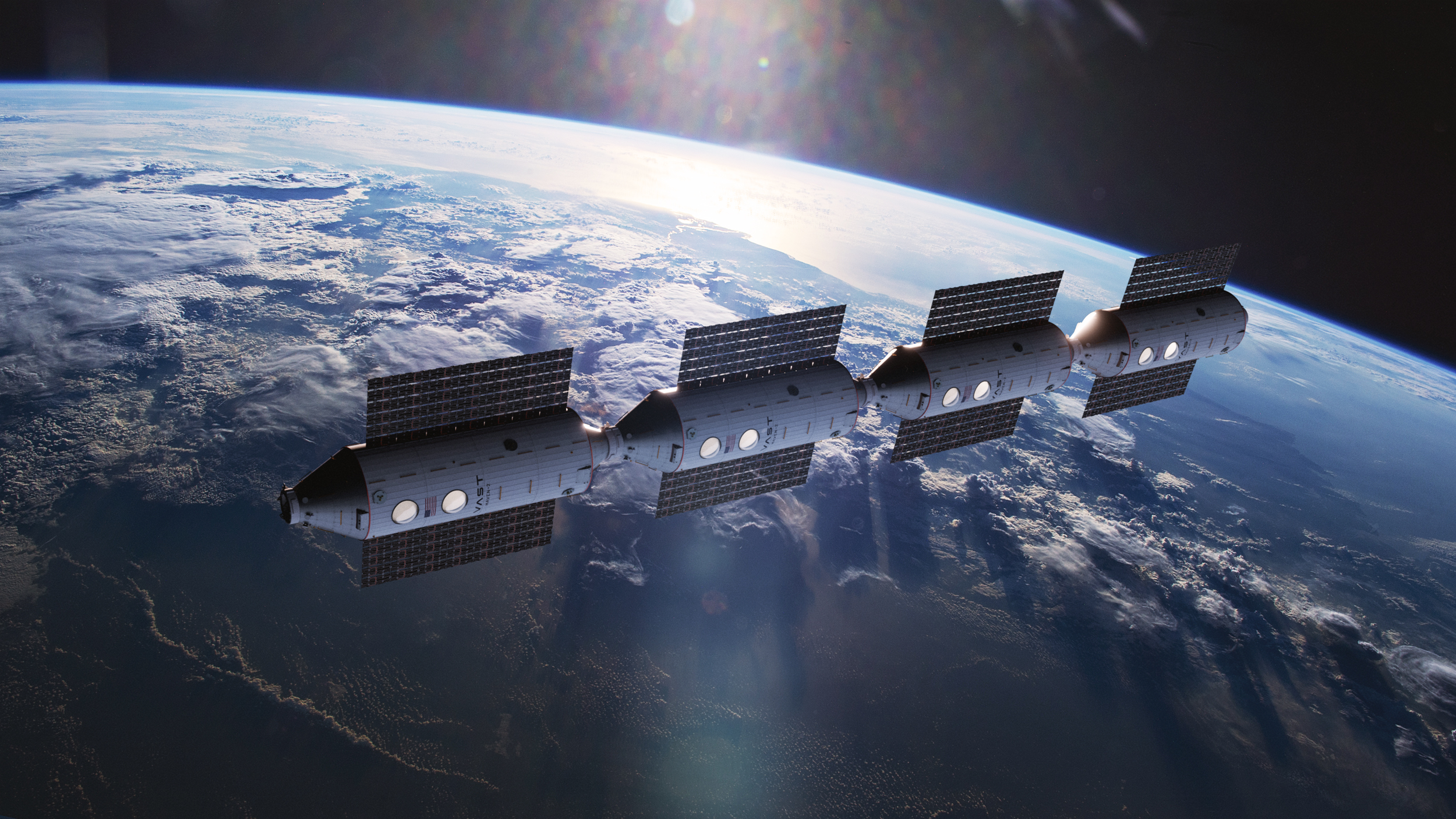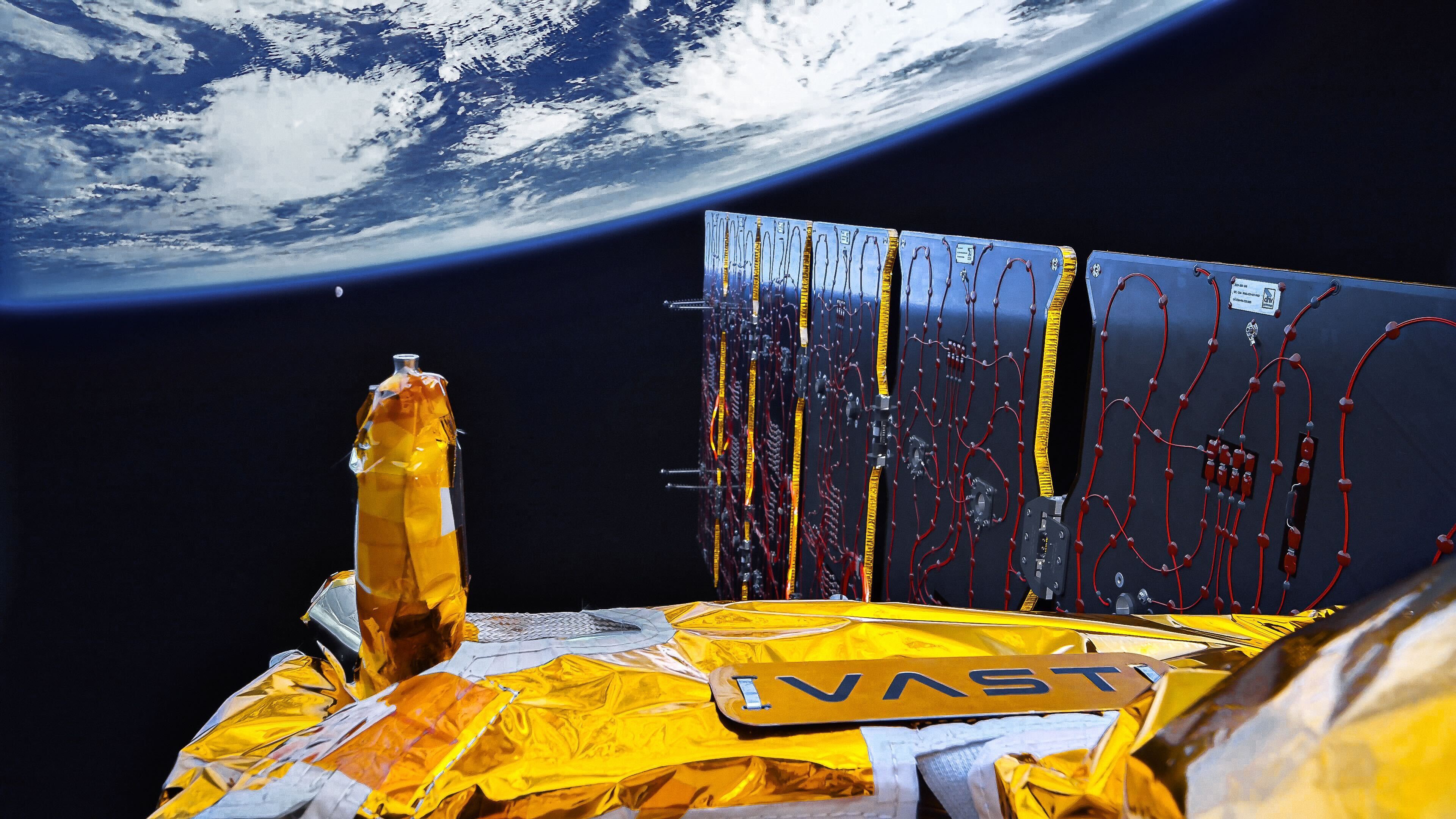updates
Vast’s Strategy to Achieve Continuous Human Presence in Low-Earth Orbit

It is critical to U.S. space policy that, by the time the ISS is retired in 2030, commercial space station providers are ready to sustain a continuous U.S. human presence in Low Earth Orbit (LEO) – especially given China’s competing presence aboard the Tiangong space station.
Vast is ready to answer the call. Haven-1 is expected to be the world’s first commercial space station launching in 2026. Haven Demo is our demonstration satellite for space station technologies which launched successfully on November 2, 2025. Haven-2 is our proposed replacement to the International Space Station (ISS) with continuous crew capability.
Kris Young brings over 14 years of experience across various leadership positions in human spaceflight, including roles at SpaceX in engineering, integration, and mission operations. He was instrumental in the “Launch America” initiative, which brought human spaceflight back to American soil in 2020.
Why I’m Confident in Vast’s Strategy to Achieve Continuous Human Presence in Low-Earth Orbit

Vast is committed to delivering continuous human presence and earning the honor of being selected by NASA to build the successor to the ISS. Our strategy is simple: try, learn quickly, and improve by designing, building, testing, and flying Haven Demo, followed by Haven-1 and ultimately Haven-2 as our proposed replacement to the ISS. This is the fastest and most credible path to ensuring there is no gap in America's continuous human presence in space when the ISS retires in 2030.
.jpg)
Who would you bet on to succeed the ISS: A first generation system that has to work on the first attempt and you’re then stuck with it, or a system and operational team that is mission tested and proven through multiple flights of hardware to space?
The truth is that no one gets it perfect on the first try. I spent over a decade developing, building, testing, and flying human spaceflight missions. As a Mission Director at SpaceX for many crewed missions to the ISS for NASA, I can tell you first hand: you learn something every single mission. Every vehicle I’ve built and flown has taught me something new. These lessons made the next mission better, safer, and more reliable. Those hard-earned insights are what enable rapid, meaningful progress.
This is how NASA’s commercial cargo and crew programs were built; the results speak for themselves. We started with uncrewed vehicles, then engineering crewed development platforms, then uncrewed and crewed demonstration missions. We didn’t call the first crewed flight “operational” on purpose; it was about testing things out and learning. Every step was essential to delivering a reliable space transportation system.
In the same way, this is what Vast is doing for crew habitation and space stations. Our recently launched successful Haven Demo mission is the first of our successive demos leading to a permanent presence in LEO. It has given us invaluable learnings and the pressure of near-term deadlines to help us mature across every aspect of our business: hardware, software, operations, manufacturing, procurement, facilities – directly improving Haven-1.
Vast is the only operational commercial space station company to have flown and operated its own spacecraft in orbit. The learnings from Haven-1 and the planned short-duration multi-week missions are an essential step toward achieving a safe and continuous human presence in orbit. The beauty of Haven-1 is it has been right-sized to maximize learning and getting to orbit quickly by avoiding complicated and never-proven systems that will be necessary for continuous human presence.

On Haven-1, we are learning how to a) design, build, and operate to human spaceflight safety standards, b) conduct long-duration spaceflight across its multi-year life span, and c) prove out and evolve our novel crew habitation systems. As a specific example, the Haven-1 environmental control and life support system (ECLSS) is a simple open-loop architecture made possible by the short duration crewed missions. However, we are flying closed loop life support system experiments on every mission to Haven-1 to enable rapid iteration and learning. We’ve learned from NASA that closed loop ECLSS systems are hard. That is why through our strategy, we will be on a 5th generation system by the time we fly Haven-2 in support of continuous human presence. The iterative learning and improvement will continue with Haven-2’s multi-module architecture. Each new module affords an opportunity for our engineers to incorporate lessons learned and upgrades.

This strategy works by uncovering the unknown problems. One thing I learned through my operational career is that the unknown issues are the ones that bite you. I see other space station companies out there spending years on the paper design and pitching bespoke single or multi-module architectures that go straight to continuous crew capability. We know that perfection on the first try is unrealistic. Their strategy invites delays and taking unnecessary risks when unforeseen challenges arise since there’s no opportunity to improve these future systems. Iteration isn’t just a philosophy, it’s the responsible and proven way to build the future of human spaceflight. Clearly any demonstration on orbit – soon, not in 2030 – will increase the chance of success.
Haven-1 will be a massive step forward. Going from zero to the first safe crewed flight of any duration is the hardest step. Vast will be the first to do so. This is why I joined Vast. We’ve established an excellent set of stepping stones on the path to continuous human presence. We have the best team of experts the industry has to offer. Our vertical integration allows us to learn, iterate, and improve faster than anyone else.
And that’s the real advantage: while others are still waiting for real hardware, we’re already building and testing ours.
About Kris Young, COO at Vast:
Young brings over 14 years of experience across various leadership positions in human spaceflight, including roles at SpaceX in engineering, integration, and mission operations. He led the engineering and full-scale integration and testing of the Crew Dragon spacecraft during its development. He was instrumental in the “Launch America” initiative which brought human spaceflight back to American soil in 2020.
Since that time, he has led the development and execution of all 19 human spaceflight missions, serving as a Mission Director and crew communicator on milestone missions including Demo-2, the first crewed Dragon flight, and Falcon 9 launch operations. Beyond government programs, Young helped shape SpaceX’s commercial human spaceflight portfolio, playing a key role in the Polaris Program, Inspiration4, and Fram2, the first private human spaceflight mission to orbit Earth’s poles.
Young has worked in close partnership with NASA, including the Flight Operations Directorate, International Space Station Program and the Commercial Crew Program, earning two NASA Public Leadership Medals and an RNASA stellar award for his contributions to human spaceflight.


